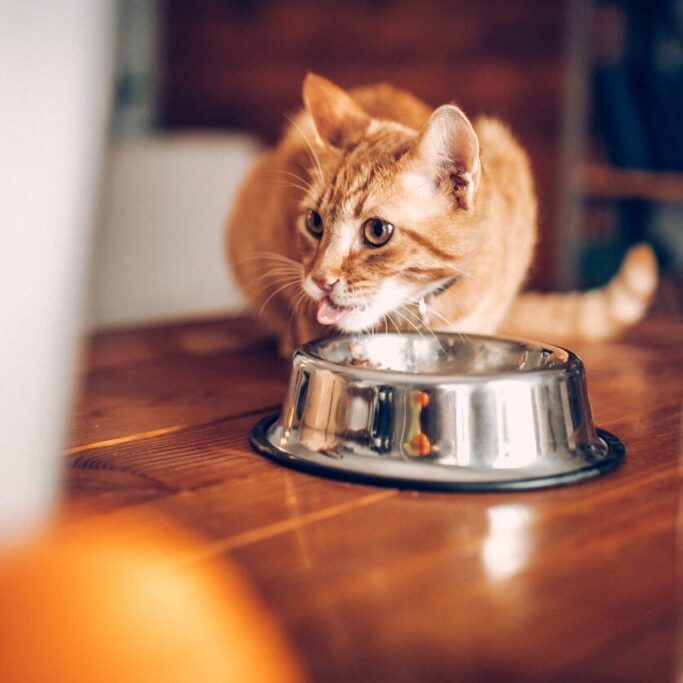Pets 101
What You Need to Know About Leptospirosis

Picture this: your sweet, new puppy in the household taking a weekend stroll to the park and taking a simple drink of a puddle or licking its foot after it steps in the water. This seems harmless, doesn’t it? But, as a pet owner, we want you to be aware of the risks lurking in that water source: the bacteria causing the disease known as Leptospirosis.
Leptospirosis used to be thought of as a disease only of hunting dogs in rural areas of the country. But, that’s not the case anymore. We see this disease in dogs living in heavy urban populations, on farms in the country and in sheltered suburban backyards. We actually see this disease most commonly now in Yorkshire terriers! The risk is everywhere.
Ok, you might be thinking, “I don’t ever take my dog to the dog park” or “My dog is terrified of water – she’s safe then, right?” or “I live in a part of the country that’s an arid desert – this doesn’t pertain to me.” That’s the problem. We can’t see this bacterium with the naked eye.
And, what’s even more concerning is that many dogs around the countries can be shedders. This means that they can have the bacteria in their body, feel and look “ok,” but shed the bacteria in their urine in their yard, at the park, at daycare and in the home. This is a silent source of transmission to other dogs and people and a big public health concern.
Although Leptospirosis is a bacterial disease and can be treated, in some cases, with antibiotic therapy, we typically see these cases in more advanced stages of disease. These dogs can develop anything from kidney disease to inflammation inside the eye to bleeding disorders to hemorrhage in the lungs to liver failure. And, the dogs that are urine shedders that I mentioned before? They don’t act sick right away but are putting families at risk with possible urinary accidents in the house.
Why is that a concern? Well, Leptospirosis is the most common zoonotic disease worldwide. Remember, a zoonotic disease is a disease that spreads from animals to humans. One in ten humans that develop this potentially fatal disease, acquire it from contact with their pets or from transmission from infected urine.
Veterinarians wear many hats, and not only are we responsible to take care of our canine patients, but we are public health officers in charge of preventing the spread of zoonotic disease. How do we best take care of our patients and their families? The key is through vaccination. There is now an incredibly effective and safe vaccine to help prevent this disease. It’s always important to first talk to your veterinarian and discuss your dog’s individual health and daily risks to see if this vaccine is appropriate.
This vaccine, and others, will be discussed at your dog’s annual exam, along with many other wellness topics. Preventive medicine is always the best strategy to have your pets live long, happy lives. See your veterinarian – your trusted source of information.
Did you find this helpful? Share it!
Recent Posts
About VetScoop
Pets make our lives better. At VetScoop, we’re on a mission to return the favor by giving you access to trustworthy, science-based information so you can provide the best possible care for your pets.
Related Posts We Think You'd Like





